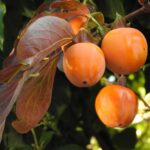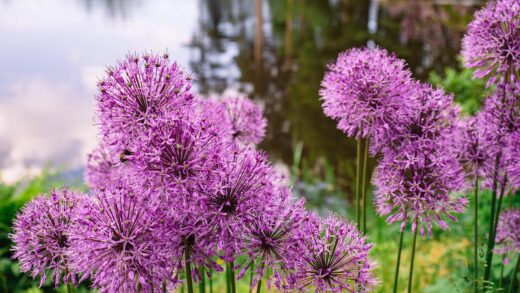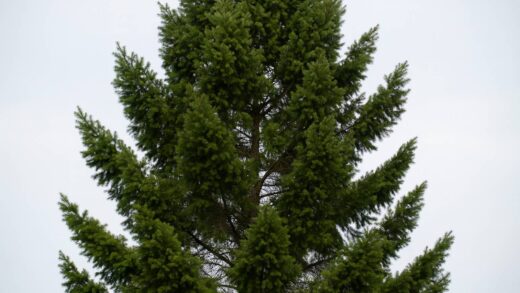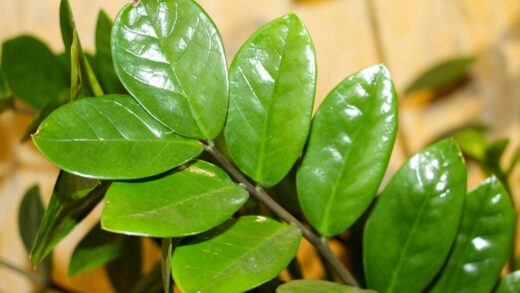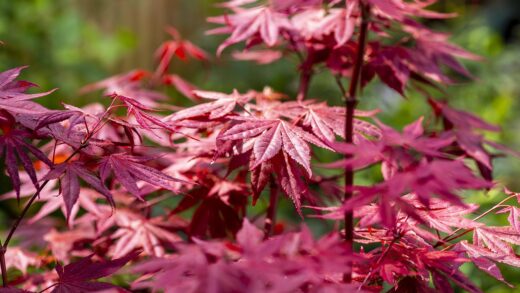Pruning lavender isn’t just about aesthetics; it’s a crucial element for the plant’s health and long-term vitality. Lavender is a Mediterranean perennial shrub that, without proper care, will age, become woody, and produce fewer flowers. Expert trimming helps maintain the bush’s dense, compact shape and encourages the formation of new shoots. This process ensures your lavender blooms profusely year after year and keeps its characteristic, attractive appearance. Knowing the right pruning techniques is essential to keep the plant in its best form and to maximize its potential.
The correct timing for pruning
The timing for pruning lavender can be broken down into two main phases: post-flowering pruning and spring rejuvenation pruning. The most important pruning should be done after flowering has finished, typically in late summer, around August. This is when you should remove the flower stalks, preventing the plant from expending unnecessary energy on seed production. This specific pruning stimulates the growth of new, vegetative shoots, which are necessary for the following year’s blooms.
The importance of spring pruning should not be overlooked, although many people tend to forget about it. This pruning is done in early spring, between March and April, after the risk of frost has passed but before the plant has started its new growth. This is the time to shape the plant and remove any dead or frost-damaged parts from the winter. It’s crucial not to cut back too deeply, as this can interfere with flowering. Spring pruning helps the lavender bush rejuvenate and start its growth with vigor.
During the summer pruning, cut the flower stems above the foliage, ideally leaving one or two pairs of leaves on the stem. When removing the flowers, avoid using scissors and instead use sharp secateurs or a knife to ensure a clean, smooth cut. This prevents infections and helps the wound heal properly. After removing the flower stems, it’s a good idea to lightly shape the bush to maintain its desired form.
In the case of neglected or poorly pruned lavender, flowering may be sparse or the bush’s shape might become distorted. If you prune the plant too late in the season, the new shoots won’t have enough time to harden off before winter, and they may be susceptible to frost damage. Always make sure to adjust your pruning time to the local climate and the plant’s current condition to ensure continuous, healthy growth.
More articles on this topic
Pruning techniques and tools
To prune lavender, you’ll need a clean, sharp pair of secateurs. A sharp tool is critical because a jagged cut is harder for the plant to heal and can provide an entry point for pathogens. Before pruning, it’s always a good idea to disinfect your secateurs with alcohol or a diluted bleach solution, especially if you’re pruning multiple plants, to prevent the spread of diseases. Using clean tools is a fundamental practice in professional gardening.
When trimming lavender, we distinguish between two main types of pruning: shaping pruning and rejuvenation pruning. The goal of shaping pruning is to maintain the bush’s compact, semi-spherical shape. This is done every year after flowering by cutting back about 1/3 of the shoots, but you should never cut into the woody, old parts of the plant. Lavender has a hard time producing new shoots from woody stems, and cutting too deeply can lead to the plant’s demise.
Rejuvenation pruning is a more radical intervention, which is only used for older, neglected, or leggy plants. In this case, the plant is cut back significantly, sometimes to within 10-15 cm of the ground. However, this type of pruning should also be done carefully, and only if you can see small, green buds on the woody stems that are capable of sprouting. Rejuvenation pruning is best done in early spring to give the plant enough time to regenerate during the growing season.
During pruning, always pay attention to the plant’s natural form. A semi-spherical shape is the most ideal because it allows every part of the plant to receive sufficient sunlight and ensures good air circulation through the bush. This helps prevent fungal diseases and root rot. Always remove dead branches and damaged parts during pruning to support the healthy development of the lavender.
More articles on this topic
Pruning young lavender
Pruning young, newly planted lavender is crucial for its future healthy growth. The very first pruning should be done in the first year after planting. The goal at this stage is to encourage the plant to bush out and develop a denser shoot system, rather than to flower. For this reason, it’s advisable to cut off all flower stalks as soon as they appear in the first year. Although this might seem painful, it’s the best decision for the plant’s long-term results.
The initial prunings help the plant focus its energy on strengthening its root system and shoots. After the summer flowering, the young plant should be cut back by about 1/3. This technique encourages the lavender to take on a more compact, bushy form, and it will lead to more abundant flowering in the future. Without regular pruning in the first few years, the plant can become leggy and woody at the base, which significantly reduces its aesthetic appeal and vitality.
Always cut new shoots just above a pair of leaves to encourage the formation of side shoots. This pruning method ensures that the plant becomes dense even at its base, preventing the development of a “woody foot.” It’s important to always prune during the growing season, in spring and late summer, and never during the winter dormancy period. Winter pruning can create frost-sensitive wounds that weaken the plant.
When caring for young lavender, proper soil and a sunny location are also critical, in addition to pruning. The plant needs well-drained soil and at least six hours of direct sunlight per day. Combined with proper pruning, these factors guarantee that your young lavender will develop into a strong, healthy bush and delight you with its blooms for many years to come.
Post-pruning care
After pruning lavender, the plant needs a little attention to ensure its wounds heal quickly and new shoots develop properly. The first step after pruning is to water it. Pruning causes stress to the plant, so it’s a good idea to water it thoroughly, especially if the soil is dry. Adequate water supply helps the healing process and stimulates new growth.
It’s important not to give the plant nitrogen-rich fertilizer after pruning. Lavender doesn’t require nutrient-rich soil, and too much nitrogen stimulates foliage growth at the expense of flowers. If you do want to fertilize, choose a fertilizer rich in potassium and phosphorus, or add a little compost. It’s often best to let the plant develop under natural conditions with minimal intervention.
In the period after pruning, it’s worth keeping an eye out for potential diseases and pests. Since the pruned surfaces are vulnerable, they can be more susceptible to fungal infections. Good air circulation and avoiding overwatering are key. If you notice any changes or discoloration on the plant, remove the affected parts and, if necessary, apply a fungicide.
After trimming the lavender, the cut parts can be composted or used as mulch. The cut flowers can be used as dried bouquets, put in scented sachets, or you can even brew tea from them. This makes pruning not just a garden chore but also a way to make the most of lavender’s versatility. Thanks to careful aftercare, your lavender will quickly regenerate and be ready for the next season.




